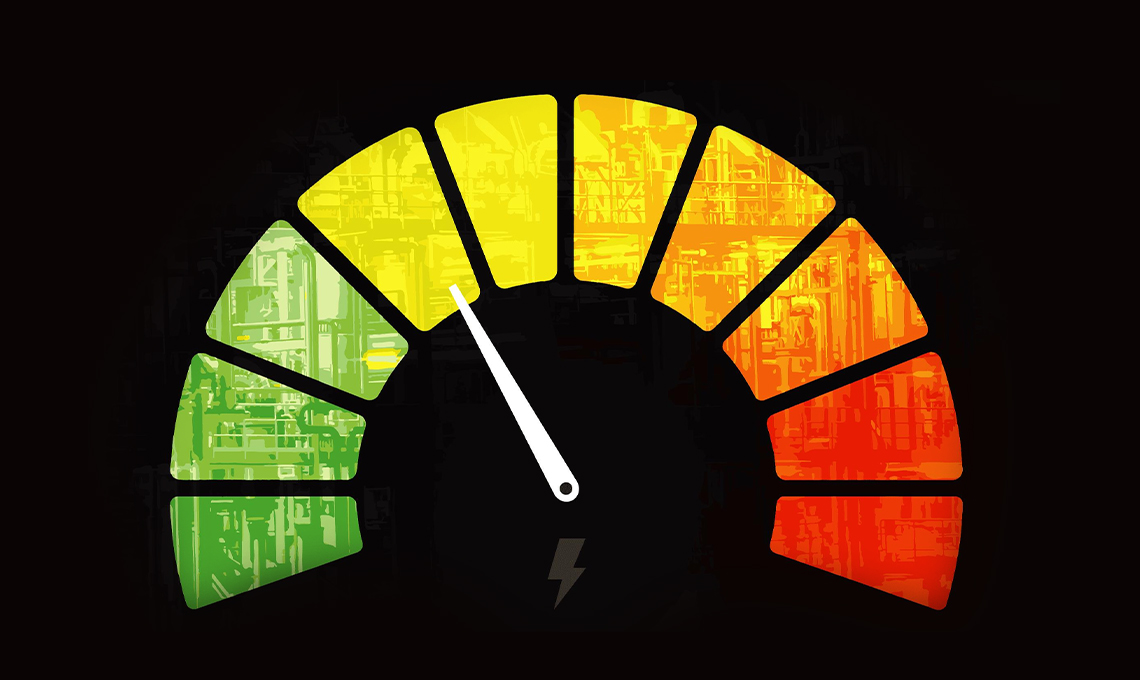
In recent years, the demand for energy efficiency has become increasingly pressing across various industries, including motion control and automation. The rising energy costs, coupled with the growing awareness of environmental concerns, make it imperative for businesses to focus on optimizing their motion control systems, reducing energy consumption while maintaining their desired level of performance. With 30 years of experience in motion control and automation, Motion Solutions is well-equipped to provide the necessary technology and support to help businesses enhance their system’s energy efficiency, ensuring sustainable and cost-effective operations.
Energy efficiency in motion control systems plays a vital role in driving various benefits, from reduced operating costs and increased system longevity to a smaller environmental footprint and enhanced system reliability. For industries like manufacturing, packaging, and robotics, which require continuous, high-energy input for smooth functioning, optimizing motion control systems can lead to significant reductions in energy consumption. Moreover, as governments introduce stricter regulations aimed at energy conservation, businesses that proactively focus on energy efficiency measures will have a competitive edge in the market.
Incorporating energy-efficient practices within motion control systems involves careful examination and fine-tuning of individual system components, such as motors, drives, and controllers. By partnering with industry experts like Motion Solutions, you can ensure that your systems are thoroughly assessed for energy-efficient functions and configured for optimal performance accordingly. Additionally, new technologies are constantly emerging, enabling businesses to develop increasingly energy-efficient motion control systems. Staying updated on these advancements and implementing them in your systems can contribute to long-term sustainability and performance improvements.
The Growing Significance of Energy Efficiency in Motion Control Systems
Strategies to Boost Energy Efficiency in Motion Control Systems
When it comes to optimising energy consumption in motion control systems, several strategies can be implemented. By understanding how various components contribute to overall energy use, businesses can take appropriate measures to enhance energy efficiency in their operations. Here are a few strategies that can be employed to boost energy efficiency in motion control systems:
1. Optimize Motor Selection and Sizing: Choosing the correct motor type and size is critical to ensuring energy efficiency. Motors that are oversized for the application may consume excess energy, while undersized motors can overwork and reduce system longevity. Energy-efficient motor types, such as permanent magnet synchronous motors (PMSMs), can be considered for optimal energy conservation.
2. Leverage Energy-Efficient Drives and Controls: Utilizing energy-efficient drives and controls, such as variable frequency drives (VFDs) and programmable controllers, can lead to substantial energy savings. These drives allow precise control over motor speed and torque, reducing energy usage during periods of low load or inactivity.
3. Implement Energy Management and Monitoring Systems: Installing energy management systems and monitoring devices allows businesses to closely track energy consumption data. Real-time monitoring enables businesses to identify inefficiencies in their motion control systems and make necessary adjustments to optimise energy usage.
4. Schedule Regular Maintenance and System Audits: Regular maintenance and system audits can help identify system inefficiencies, enabling operators to address issues before they lead to increased energy consumption. Ensuring that all system components are well-maintained and functioning optimally can lead to significant energy savings over time.
Energy Efficiency Advantages for Various Industries
Energy-efficient motion control systems have the potential to deliver broad advantages across various industries. Here’s a closer look at some of the benefits that industries can gain by optimising energy efficiency in their motion control systems:
1. Manufacturing and Packaging: As manufacturing and packaging equipment generally consumes a significant amount of energy, energy-efficient motion control systems can have a considerable positive impact. Reduced energy consumption can lead to lower operating costs, increased competitiveness within the industry, and a smaller carbon footprint.
2. Robotics and Automation: Robotic systems and automated equipment rely heavily on motion control systems to function optimally. By implementing energy-efficient solutions, businesses can ensure their robotics and automation systems are environmentally sustainable, while also reducing cost and downtime.
3. Healthcare and Medical Devices: Hospitals and healthcare facilities consume large amounts of energy, and the motion control systems used in diagnostic and therapeutic equipment can significantly contribute to energy consumption. By optimising energy efficiency, healthcare providers can reduce operating costs and promote sustainability in the industry.
4. Renewable Energy and Electric Vehicles: As the demand for renewable energy technologies and electric vehicles grows, so does the importance of energy-efficient motion control systems. These systems play a vital role in the functionality of renewable energy equipment and electric vehicle infrastructure. Improving energy efficiency in these applications can lead to reduced operational costs and a more sustainable future.
Investing in Emerging Technologies for Energy Efficiency
The continuous advancement of technology opens doors to new opportunities for optimising energy efficiency in motion control systems. By staying updated on the latest developments in motion control technology and investing in new energy-efficient solutions, businesses can minimise their environmental footprint and maintain a competitive edge. Some emerging technologies that have the potential to drive high levels of energy efficiency in motion control systems are:
1. Machine Learning and Artificial Intelligence: Machine learning algorithms and artificial intelligence can be used to analyse real-time motion control data and identify areas where energy efficiency can be improved. By incorporating advanced analysis, businesses can better manage energy consumption and optimise system performance.
2. Internet of Things (IoT) Integration: IoT technology allows data from various system components to be collected and utilised effectively, providing ample opportunities for energy optimisation. IoT-enabled motion control systems can monitor and adjust energy consumption in real-time and ensure all components are operating within optimal parameters.
3. Advanced Material Technologies: The development of advanced materials, such as high-efficiency magnetic materials and energy-efficient bearings, can significantly improve the energy performance of motion control systems. These materials contribute to reduced friction, minimized heat generation, and increased system longevity.
Conclusion
Focusing on energy efficiency in motion control systems should be considered a top priority for businesses across various industries. By implementing energy-saving strategies and staying abreast of emerging technologies, companies can reap the benefits of reduced operating costs, improved system performance, and a smaller environmental footprint. In a world increasingly concerned with energy conservation and sustainability, adopting energy-efficient motion control systems is both a responsible and competitive strategy for businesses.
Leverage the expertise of Motion Solutions to optimise your motion systems for energy efficiency, implementing state-of-the-art technologies and best practices to drive long-term sustainability and cost savings.

